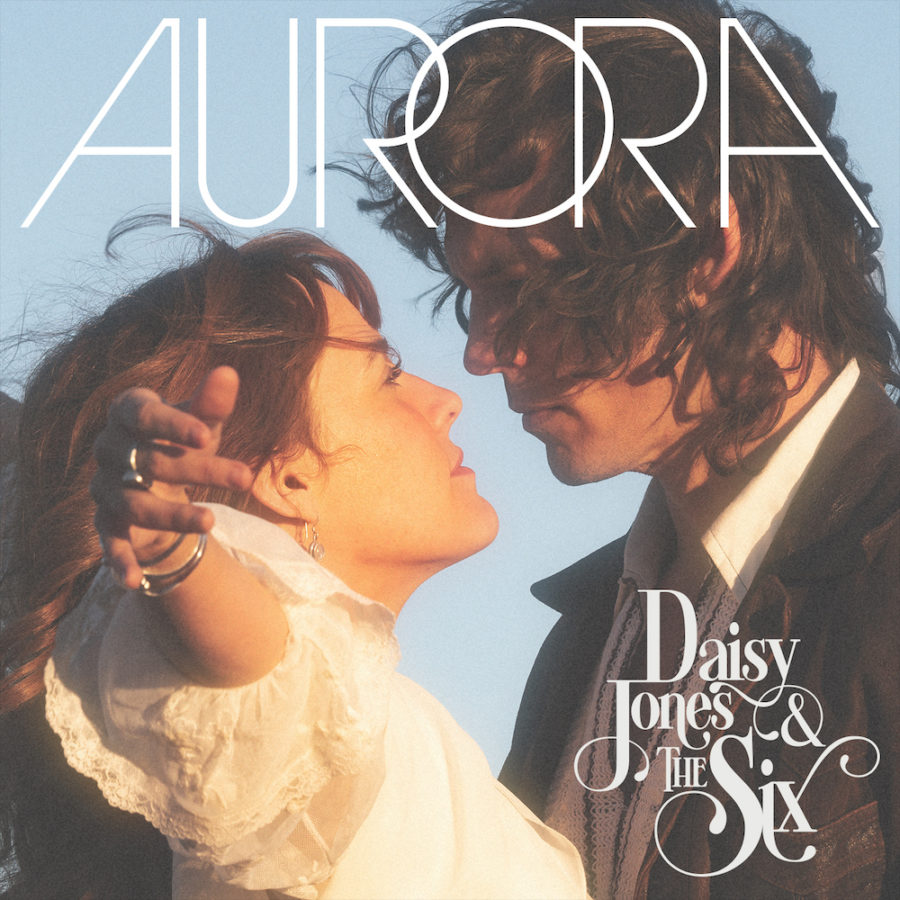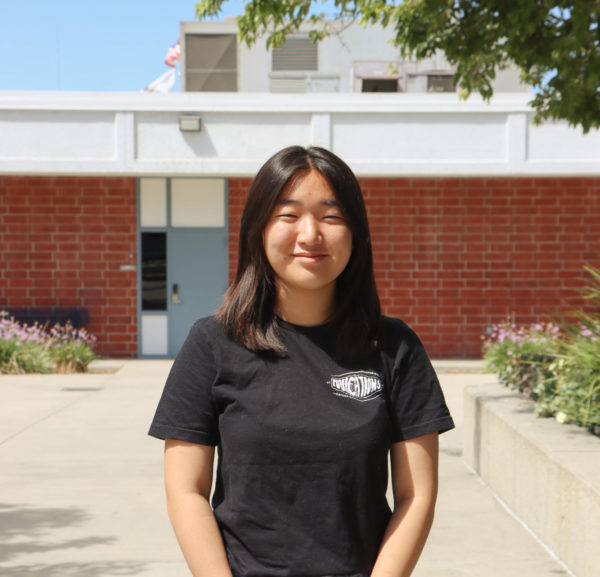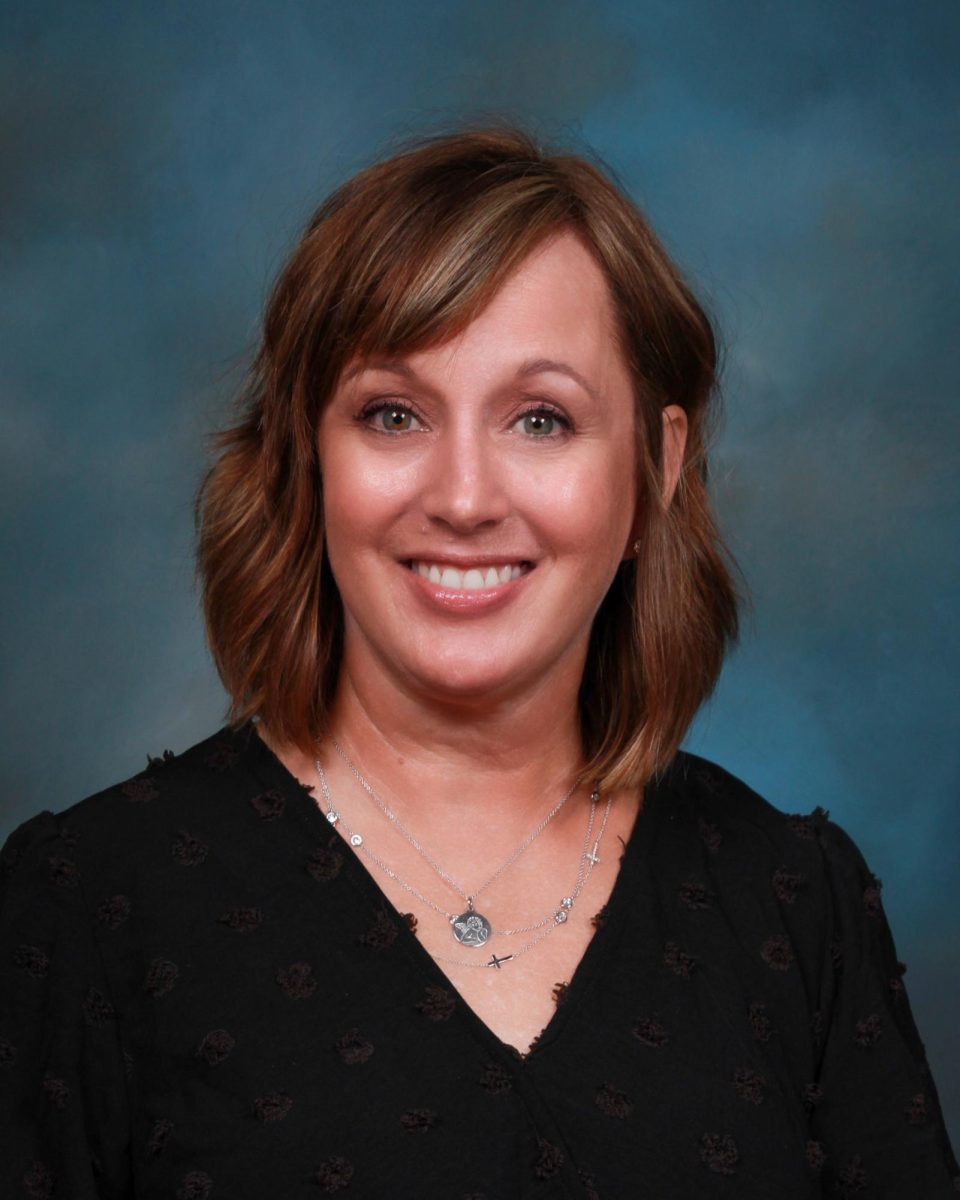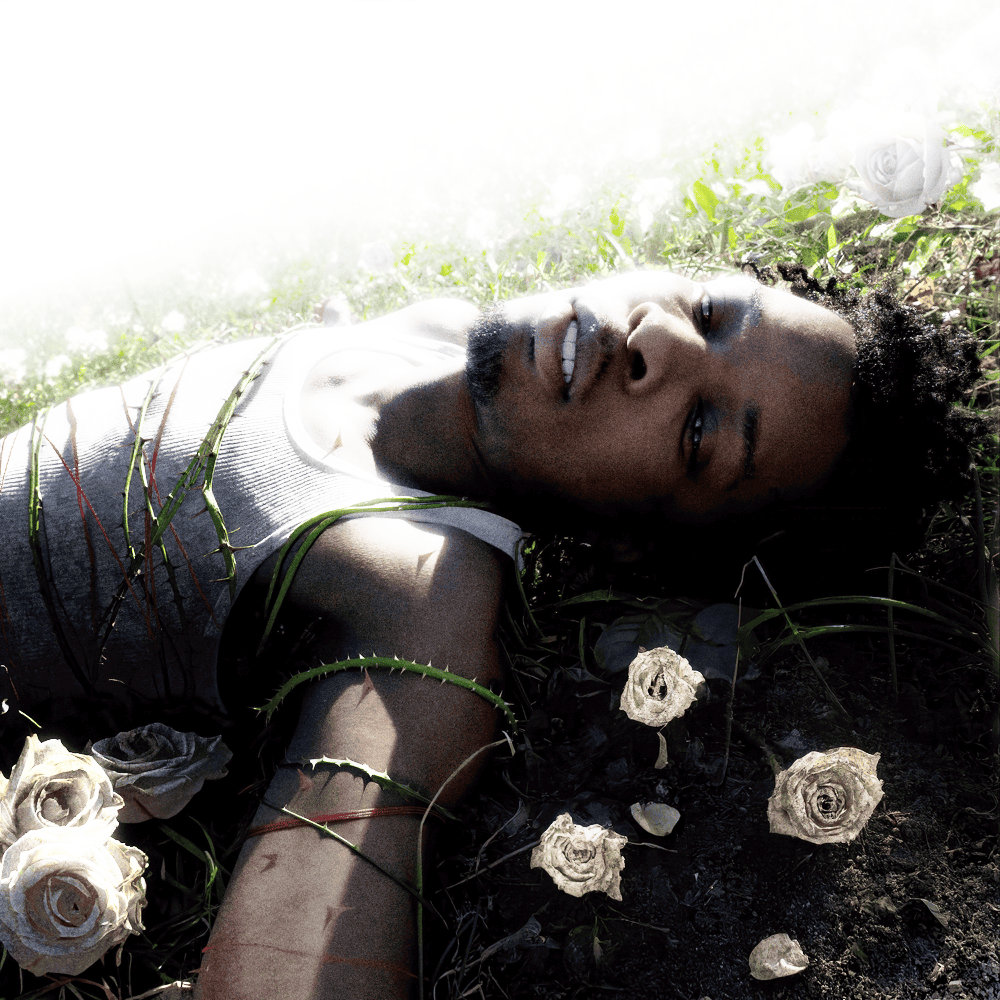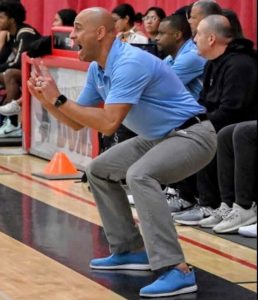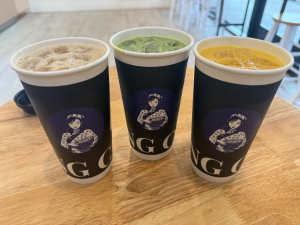“Daisy Jones & The Six” pulls at viewers’ heartstrings
March 20, 2023
“Daisy Jones & The Six” (DJ&S), a new limited series on Prime Video, is an adaptation of author Taylor Jenkins Reid’s book by the same name. Since not all episodes will be released until Friday, March 24, this review will only cover the first six episodes.
“DJ&S’” release was accompanied by an album called “Aurora,” the debut work of the fictional rock band in the show. However, the music, recorded by the titular actors, is very much real.
As a fan of Reid’s books, I was excited to check out her writing debut on the small screen. Since the original book was written entirely in the format of an interview with the fictional band DJ&S, I was also curious to find out how that would be changed for television.
My question was answered when the first episode, “Come and Get It,” opens with the members of the band sitting down, as if preparing for an interview. Throughout the majority of the show, the audience follows DJ&S in their heyday, getting an inside look at the glamorous, tumultuous and often damaging lives of 1970s rock stars. Although DJ&S is not a real band, it was inspired by the real-life drama of Fleetwood Mac.
The show didn’t modify too many important details in relation to the book, which I was glad to see. The casting was also on point: the actors who played forbidden love interests Daisy Jones and Billy Dunne (Riley Keough and Sam Clafin) had a type of electric chemistry that made their yearning for each other, which they knew was wrong, believable.
As the show follows these young and talented musicians to Los Angeles, the audience can’t help but root for their success and be intrigued by the mystery of the band’s eventual breakup. The cinematography, which wasn’t afraid to use the occasional sepia tone, also contributed to a mood of nostalgia for what seemed to be a simpler era.
However, though I liked the series, I unfortunately found the album “Aurora” lacking. Perhaps it’s because Keough and Clafin aren’t professional singers, but their voices did not convey the same angst and emotional drama that was playing out on screen.
At the end of the book “DJ&S,” Reid included a list of songs from real rock bands that inspired her to write this story. It included “Poison and Wine” by The Civil Wars, “Go Your Own Way” by Fleetwood Mac and “Moonlight Mile” by The Rolling Stones. “Aurora” was simply not up to par to the standard Reid set by including these songs.
This is especially apparent in the song “Look at Us Now (Honeycomb).” Although both Keough and Clafin sounded fine singing by themselves, their duet was jarring to hear—unforgivable, seeing how a central theme of the show is their musical chemistry. I expected silk, but what I got instead was gravel. I appreciate the production team’s vision to release an album with the series, but I wished the actors had more time to work on their vocals.
Despite the lackluster soundtrack, I did enjoy the series itself. Reid’s original story, written in an interview format, seemed better suited for the screen than print anyway. I know I’ll be watching the remaining four episodes when they drop, and I can’t wait to see if the writers chose to stick with the book’s ending for this series.

